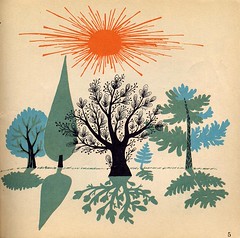"We’re just not going to be reading for text anymore,” said Andread Saveri, the Institute for the Future researcher.
“We’re going to be ‘reading’ for movies, graphics, images, digital stories, symbols,” she says. “You may say young people aren’t reading the classics, but 20 years from now, there might be some classic multimedia pieces with video, with hyperlinks. That’s the new edge of literacy.”
Saveri suggests parents blog with their kids, make a YouTube video, jump into the new media - and take books along. “We’ve got to get over our nostalgia,” she says. “Denying your child a rich media world is doing your child a disservice.”
Do books still matter?
If this holds true, in a child's new school world they'll have to learn to comprehend ideas, stories, and concepts through a variety of sources. Multi-sensory learning, where nearly every available ability in a child is opened and taking in information, is a well-known method for permanent learning.
Think of ABC Music & Me as a multi-media language and pre-literacy immersion program. In class, we use a variety of materials to engage a child's learning abilities. Children use instruments to help tell the stories, they listen to audio stories, they contribute ideas, and they retell the stories through pretend-play.
These activities, plus a practical print component in the take home materials works like the bed-time story and reinforces the same literature based activities in class. Each of these components work together to literally engage every available learning ability in a child's developing mind.
Makes me wish I was in preschool again.


No comments:
Post a Comment